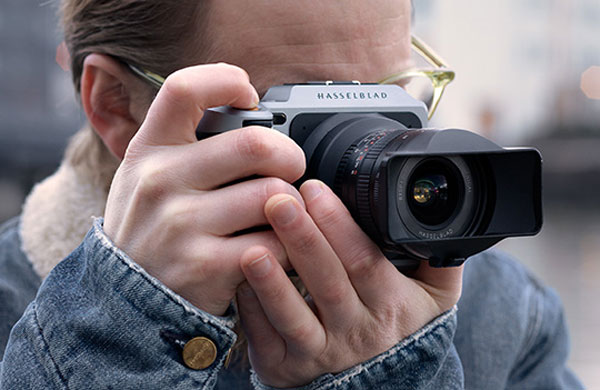
Hasselblad today announced XPan compact adapter for Hasselblad X1D. This compact adapter will allow you to use your old Xpan lenses with the new X1D camera. But, at the same time we also know the XPan lenses are no longer in production.
X-Pan lenses doesn’t offer electronic controls, and no built-in shutter also available. So, X1D users must use electronic shutter with XPan adapter and lenses.
HASSELBLAD LAUNCHES XPAN LENS ADAPTER FOR THE X SYSTEM
Hasselblad expands its range of accessories for the X System with the new XPan Lens Adapter, allowing photographers to use their legacy XPan lenses on the award-winning X System
The Hasselblad XPan lens series was released in 1998 and the new adapter bridges the iconic optics with the latest imaging capabilities from the mirrorless X1D system, just recently benchmarking the highest score by DxO Mark. The sleek new adapter is lightweight, compact, and works seamlessly into the setup.
“The original XPan lenses inspired us when we introduced the current X1D lenses,”
said Ove Bengtsson – Product Manager. “The new XPan Lens Adapter speaks to two major aspects of Hasselblad, our drive to innovate and push medium format technology such as the X1D and also to our respect for the legacy equipment that many photographers still rely on to this day. This adapter is the merger of those ideas and that’s what makes this announcement so exciting.”
Customers utilizing the new XPan Lens Adapter first are advised to update their X1D to Firmware 1.20, launched on December 19, 2017. This update also includes a new Selectable Crop Mode that
features the classic proportions of the XPan system. Hasselblad will continue to support its legacy and new products alike with plans to create a V to X system adapter and a dual battery charger for the X1D.
The XPan Adapter will be available in mid-January and will retail at €179 / US $179 / £159 / RMB ¥ 1,580 / JPY ¥ 21,999 incl. VAT.
Note:
The XPan lenses were originally designed for film use, and may show a slight loss of edge sharpness in some cases. This is caused by the IR filter and sensor cover glass now being included in the light path. Stopping the lens down will improve its performance.






